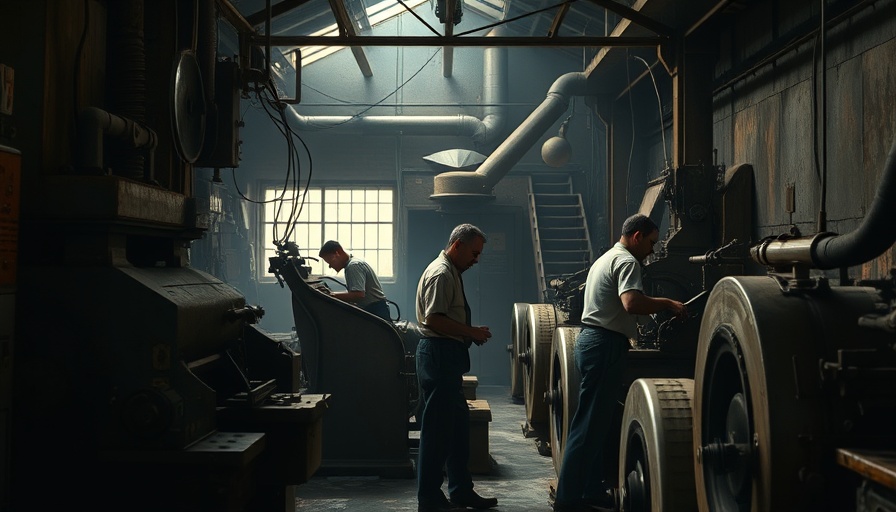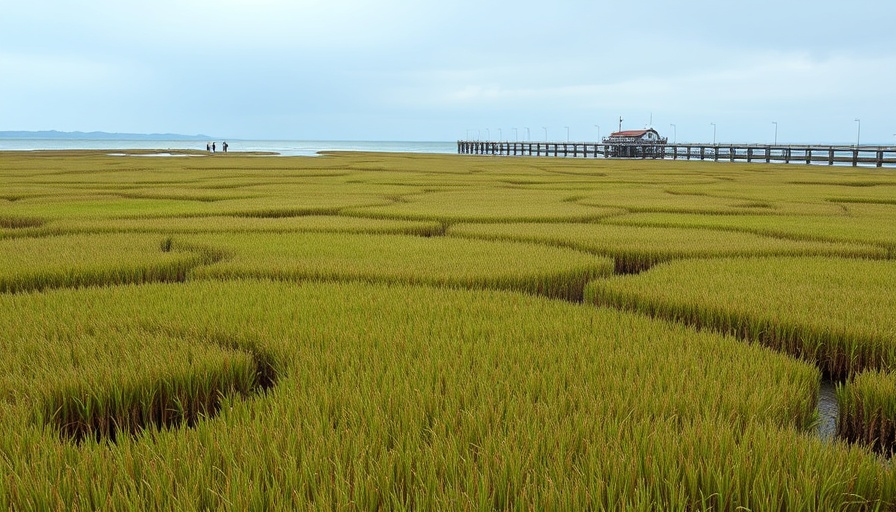
A Troubling Intersection: Industry and Environment
India’s leather industry has found itself in a controversial spotlight as its flourishing exports are increasingly linked to severe environmental degradation. Particularly along the Palar River in Tamil Nadu, the practices of local tanneries are having dire consequences on water quality, farmland, and the health of the local population. This river, which spans over 222 kilometers and serves as a vital drinking water source for approximately 50 villages, is now standing as a testament to the cost of unchecked industrial growth.
The Toxic Fallout from Tanneries
These tanneries, responsible for processing hides into leather, are discharging a staggering daily average of 20 million liters of untreated effluent into the river. The impact is overwhelming: contamination is reported to render agricultural lands infertile, disrupt local ecosystems, and pose health risks to residents who depend on the river for drinking water. The ramifications extend beyond local communities, with international markets indirectly supporting this environmental crisis.
A Glimmer of Hope: Supreme Court’s Ruling
However, recent judicial actions promise to address these harmful practices. In January of this year, a landmark Supreme Court ruling held tanneries accountable for causing "irreversible damage" to water bodies and agricultural lands. The court's decision orders the Tamil Nadu government to compensate affected families while implementing preventative measures against waste discharge. This ruling marks a crucial turning point, potentially shifting the paradigm of industrial accountability in India and establishing a precedent for environmental regulation.
The Quest for Sustainable Solutions
The plight of the Palar River underscores the immediate need for sustainable practices within the leather industry. Through approaches such as ethical sourcing and sustainable production methodologies, the environmental footprint of tanneries can be significantly reduced. Innovations in waste management and eco-friendly materials can help minimize pollution and align industrial processes with the principles of sustainability. For example, adopting circular economy practices within the industry can reduce waste and bolster efficiency.
What Can You Do?
As eco-conscious consumers, there are several steps we can take to promote sustainability in the fashion and leather industries. Opting for eco-friendly products, supporting brands that prioritize ethical practices, and advocating for stronger environmental regulations can collectively foster a more responsible industry. Additionally, consumers should explore alternatives such as ethical fashion, which emphasizes fair production practices and sustainable materials.
Broader Implications for Circular Economy
The issues surrounding the Palar River are not isolated; they echo within the broader discourse on sustainability and responsible consumption. Integrating principles of renewable energy, zero waste, and climate-friendly practices into business models can create a thriving environment for a sustainable future. As the world grapples with climate change and resource depletion, the adoption of green initiatives across industries is essential for long-term viability.
Final Thoughts on Ethical Consumerism
In a landscape where industrial progress often overshadows environmental protection, the story of the Palar River serves as a reminder that growth should not come at the cost of community health or environmental integrity. Adopting an eco-conscious lifestyle, engaging in sustainable practices, and supporting fair trade and environmentally responsible businesses can contribute significantly to mitigating the effects of climate change and pollution.
Recognizing our collective footprint and committing to informed consumption can lead to a better balance between industry and nature. As consumers, our choices matter significantly—by amplifying the demand for sustainable solutions, we can advocate for healthier ecosystems and a bustling, conscious economy.
Join in the conversation on environmental conservation and support green initiatives aiming to safeguard our precious natural resources. The way forward lies not only in technological advancements but also in our daily choices and the communities we choose to support.
 Add Row
Add Row  Add
Add 



Write A Comment